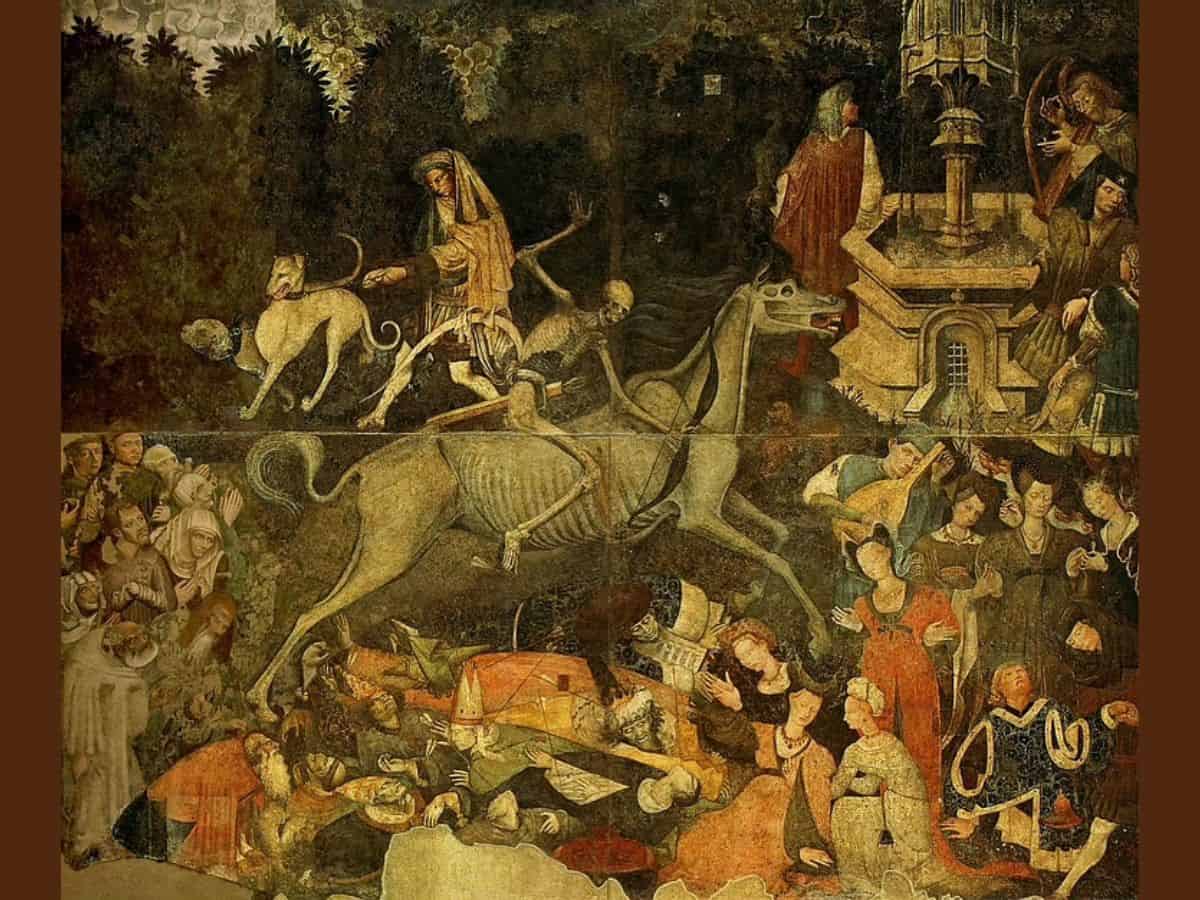Over the course of this semester and given the current climate of the world, it has become increasingly evident that history and historical thinking skills are extremely valuable. While working to become a teacher and being extremely passionate about history, this seems like an obvious statement. However, with online learning, our students may be struggling to see the importance behind these skills or they may just see history as a ‘busy work’ subject with little real life application or substance. That is why its important to use history as a way to teach students to think critical thinking and challenge dominant perspectives.
Project Showcase
For my final project, I chose to look at a time period where students were empowered to bring change, however, in terms of the Cultural Revolution in China, it wasn’t good change. As shown by the events that occurred, a single narrative can be manipulated and have major consequences when its intentionally controlled and taken advantage of. Almost as a warning, but also a point of inflection, students used primary source documents to examine how narrative controlling through media and texts can really impact the way people think, especially students. This point is important to highlight because students today are exposed to just about everything thanks to the internet. It can be a very powerful tool, but it can also be extremely misleading when users don’t think critically about the content.
Another lesson that follows this type of outline, was the activity I created about the Red Scare. In this lesson, using Google Forms, students were assigned roles and looked at Red Scare propaganda. Each student had specific guiding questions to think about and were asked to figure out what people at the time were concerned with in terms of communists. Coming together in a town meeting, they were instructed to come up with a plan of action, but were also made aware that anyone at that meeting could have been a communist. This has students trying to figure out the world view of people at the time so they can see exactly how the narrative was controlled to foster that perspective.
When teaching history, as highlighted above by two of my activities, I like to teach it from different perspectives. In my student teaching now, I try to have students think critically and challenge the dominant Eurocentric historical narrative. While some people believe that ‘history is written by the winners,’ that disregards other people’s stories, thoughts, and feelings which holds immense value to our society today as it is more diverse than ever before. Through this method, I hope that my students remain resilient against just accepting what they are told as well as curious about other people and their experiences.
















